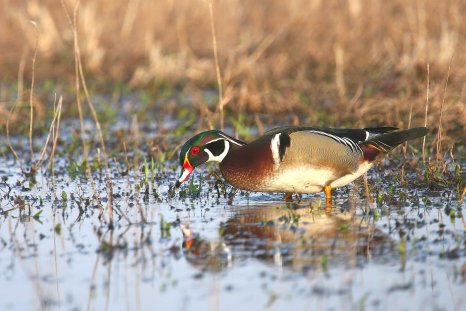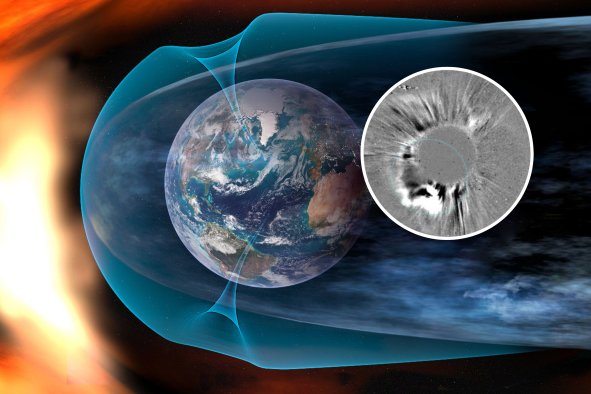While humans may think of agriculture as a uniquely human achievement, ants have been farming their own food for millions of years, a new study has revealed.
Researchers found that ants began cultivating fungi 66 million years ago, around the time an asteroid struck Earth and caused a global mass extinction.
This mass extinction event, which wiped out the dinosaurs, also created conditions that allowed fungi to thrive. With plentiful decaying plant matter on the ground, ants developed an evolutionary partnership with fungi that still endures today.
Over time, this relationship grew stronger, with ants refining their agricultural practices and developing advanced methods 27 million years ago, a process similar to the domestication of crops by humans.
The research, published in the journal Science, analyzed genetic data from hundreds of ant and fungi species to create detailed evolutionary trees. These genetic timelines provided insights into when ants first began farming fungi and how their agricultural techniques evolved over millions of years.
"Ants have been practicing agriculture and fungus farming for much longer than humans have existed," Ted Schultz, lead author of the new paper, said in a statement. "We could probably learn something from the agricultural success of these ants over the past 66 million years."
Fungi-farming ants are particularly diverse in the Americas and the Caribbean, with nearly 250 different species engaged in this practice. Based on their farming strategies, these ants are organized into four distinct agricultural systems.
Among the most advanced are leafcutter ants, which collect fresh vegetation to feed their fungi. In return, the fungi produce food for the ants in the form of specialized structures called gongylidia. This system supports large, complex colonies of millions of ants.
So complex is the relationship that the ants tend to their fungal gardens like crops in a field, weeding out unwanted bacteria and fungi and bringing healthy mycelium—a root-like structure of a fungus consisting of a mass of branching, thread-like hyphae—to new patches of substrate where it can flourish.
The ants also have bacteria that can produce antibiotics to fight off diseases attacking their fungi.
"Somehow, over the course of 66 million years, they've been able to continue to control crop disease and develop antibiotics that continue to be effective," Schultz told Newsweek.
"We've only been using antibiotics and herbicides for less than 100 years and we have major problems keeping up with resistance and developing new antibiotics."
The study builds on Schultz's 35 years of research into ant-fungus relationships, during which he and his team collected thousands of genetic samples from Central and South America. These samples were crucial for the new study, which includes the largest genetic data set of fungus-farming ants ever assembled.
By comparing wild fungal species with their cultivated counterparts, the researchers determined that ants have been farming fungi since shortly after the asteroid impact that ended the Cretaceous period.
While the mass extinction was devastating for many species, including dinosaurs, it presented an opportunity for fungi.
"What was a catastrophe for some organisms 66 million years ago was a golden era for others," Schultz said. "Photosynthesis was shut down by the asteroid, and a bunch of plants were driven to extinction. But some fungi grow in decaying plant matter—it was a great time for them."
This abundance of fungi likely attracted ants, who began farming them as a reliable food source. As global climates changed over millions of years, some ant species adapted to farming fungi in drier, more arid environments, leading to the development of higher agriculture around 27 million years ago.
During this time, ants began isolating their fungi from wild populations, creating a dependency that mirrors the domestication of crops by humans.
"The ants domesticated these fungi in the same way that humans domesticated crops," Schultz said. "What's extraordinary is now we can date when the higher ants originally cultivated the higher fungi."
Do you have a tip on a science story that Newsweek should be covering? Do you have a question about ants? Let us know via science@newsweek.com.
Update 10/03/24 2:15 p.m. ET: This article was updated with comment from Ted Schultz.
Disclaimer: The copyright of this article belongs to the original author. Reposting this article is solely for the purpose of information dissemination and does not constitute any investment advice. If there is any infringement, please contact us immediately. We will make corrections or deletions as necessary. Thank you.



